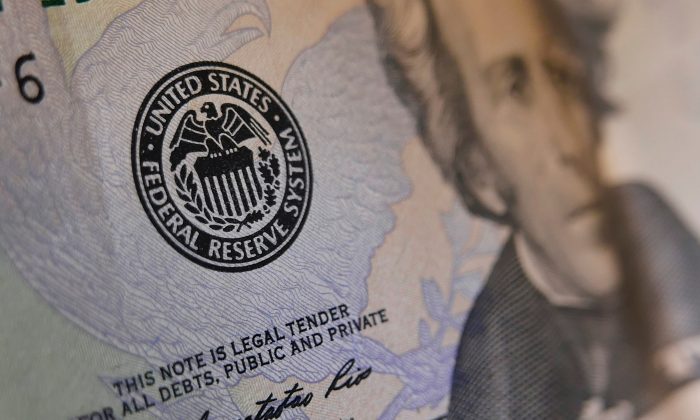
There are powerful incentives for private banks to keep buying Treasurys despite rising supply and inflation
American hard money advocate, economist, and publisher Franz Pick once called government bonds “Guaranteed Certificates of Confiscation.” In making that statement, he assumed the government would eventually inflate the debt away and thus confiscate the buyers’ purchasing power.
Yet here we are, with U.S. Treasury Bonds holding steady despite seven rate hikes by the U.S. Federal Reserve, huge increases in the supply of bonds, and inflation on the rise. The obvious question is, why?
The reason why government debt keeps increasing and yields are more or less stable isn’t because of the fundamentals of the debt, deficit, or the economy. Instead, it is because the rules of the bond game are written by the banks, for the banks.
In my first book, “Methods of a Wall Street Master,” I introduced “The Gamboni.” Joe is a skilled poker player, but when he sits down at a new game, he has not learned the rules of the house, which include a special set of winning cards called “The Gamboni.” He therefore loses and goes broke. The moral of that story: If you want to win a game, you have to know the rules.
This moral holds true today and is especially applicable to the bond market.
The Backdrop
First, some context. In December 2015, the U.S. Federal Reserve raised the Fed[1] Funds rate from zero to 0.25 percent. This was their first rate hike in seven years.
At that time, the yield on the 30-year Treasury Bond was 3 percent. Since then the market has absorbed an additional six rate hikes in the Fed Funds rate, but as of July 3, the yield...

